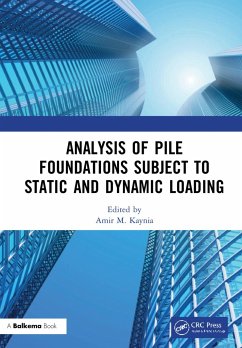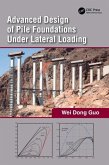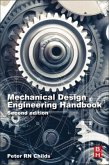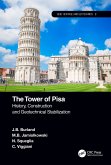This book presents computational tools and design principles for piles used in a wide range of applications and for different loading conditions. It provides a balanced mixture of basic engineering solutions and latest research findings. The materials are presented in a unified manner based on both simplified and rigorous numerical methods.








